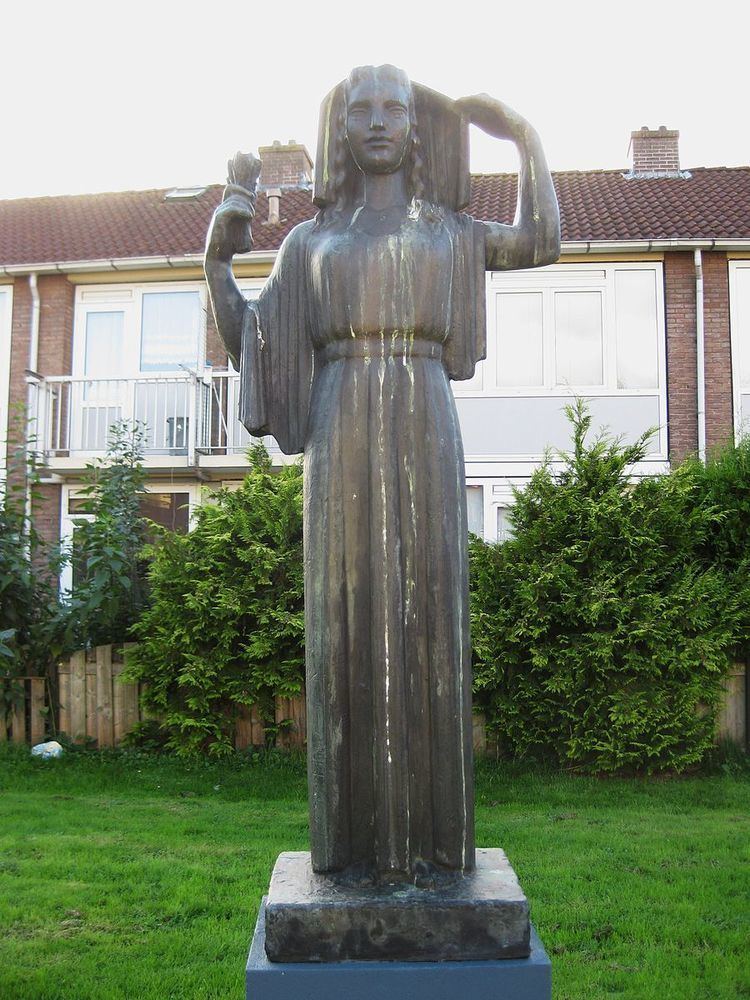 | ||
The Dutch Prix de Rome is based on the originally French Prix de Rome and is awarded annually to architects and artists younger than 35. The award was initiated in 1807 by Louis Bonaparte, then ruler of the Kingdom of Holland, and confirmed after independence by William I of the Netherlands. It was canceled in 1851 by the statesman Johan Rudolph Thorbecke and reinstated in 1870 by William III of the Netherlands. Since then the winners are selected by the Rijksakademie in Amsterdam.
Contents
In 2014 the prize was €40,000 plus the residency in Rome.
Prizewinners
Source: Prix de Rome
Architecture
Visual Arts
References
Prix de Rome (Netherlands) Wikipedia(Text) CC BY-SA
